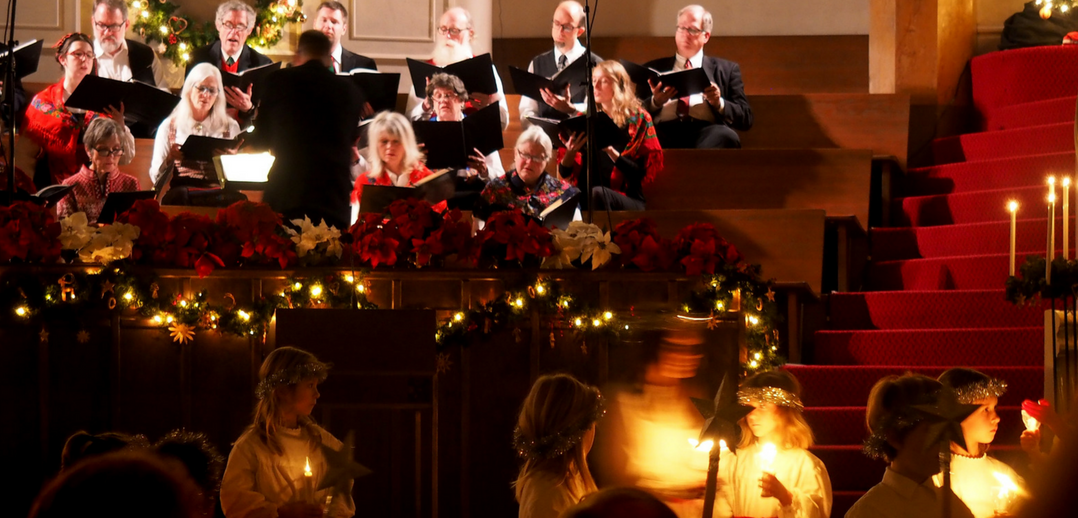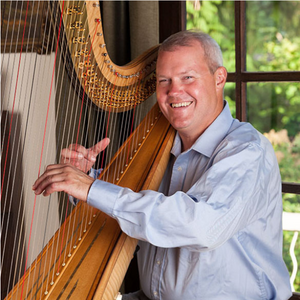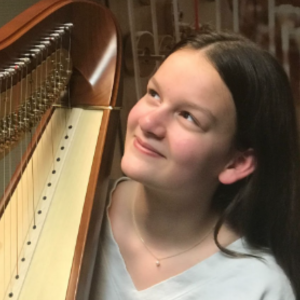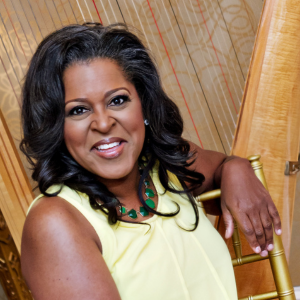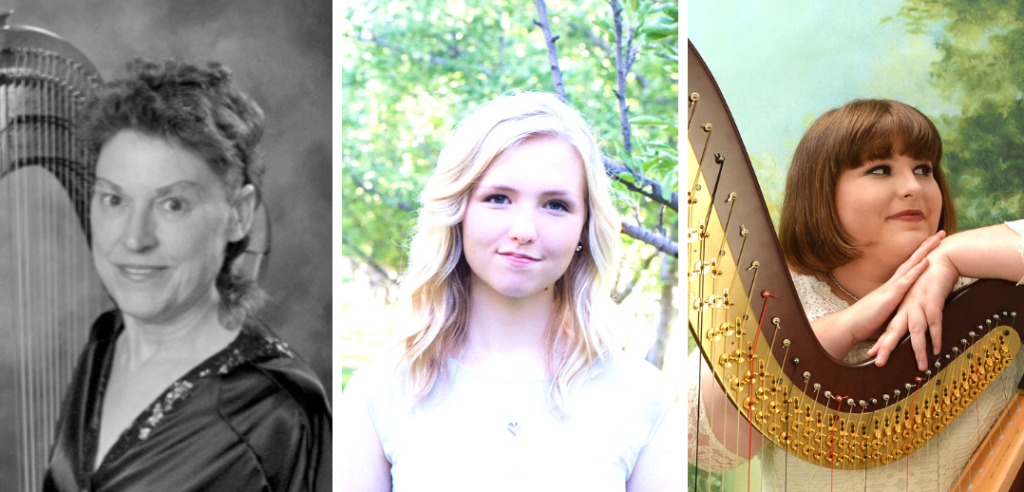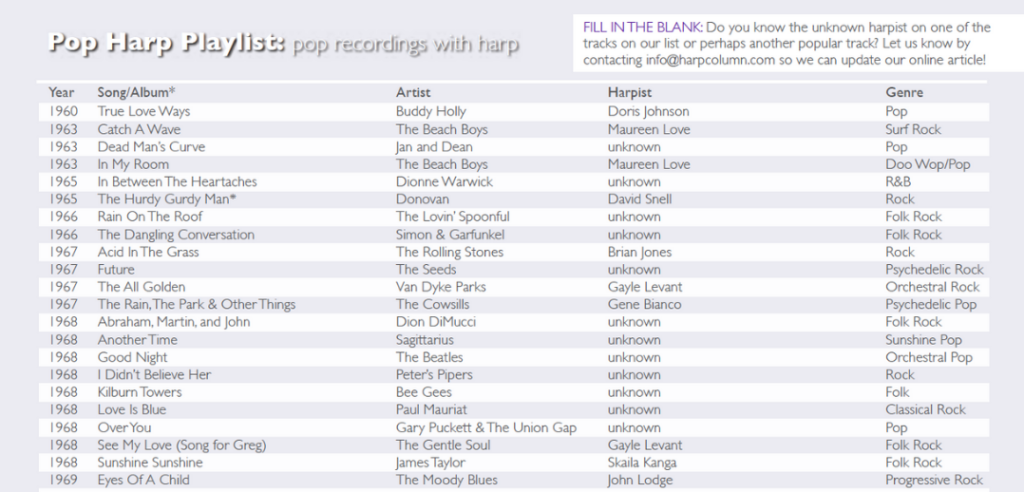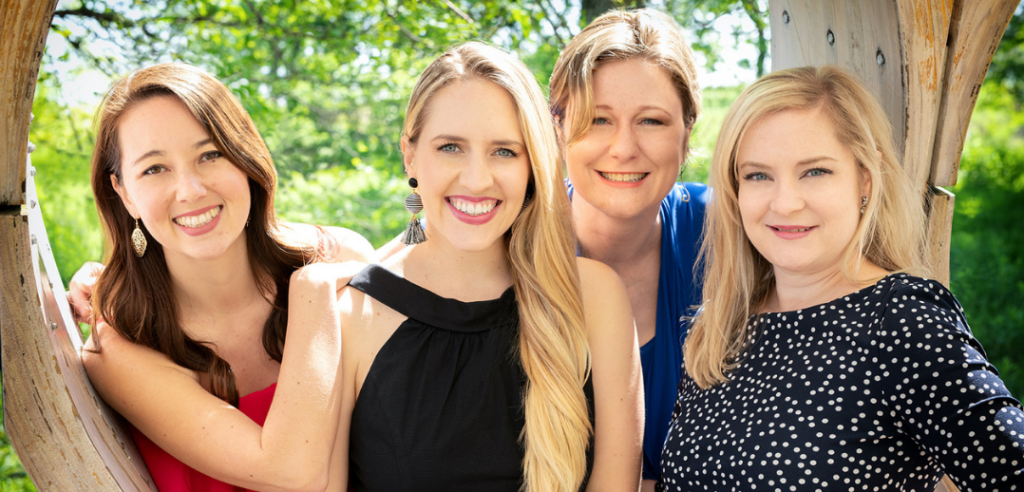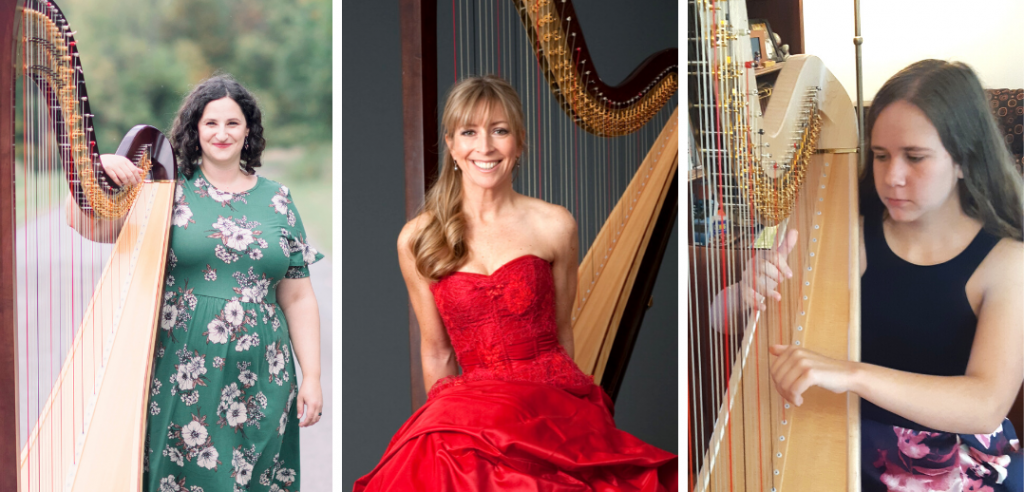Composer John Rutter’s Dancing Day is scored for harp and choir. Many harpists have harrowing tales of their encounters with this work. Jacquelyn Bartlett implores harpists to learn it early and learn it well, and John Carrington shares his memorable performance of the work early in his harp days, while he was pursuing his master’s degree at the Cleveland Institute of Music. His story was first printed in the article “Unforgettable” from the July/August 2017 issue of Harp Column.
This article extra is a companion to the feature article 24 Christmas Works to Learn Now in this issue.
“Several years ago I was fortunate to have the opportunity to work with composer John Rutter when I performed a full concert of his music in Duke Chapel at Duke University where I was on faculty for many years. Mr. Rutter loves the harp and has numerous pieces for harp and choir such as ‘Angel’s Carol,’ which is often performed at Christmas. After having performed so many of his compositions, one year I was asked to play his Dancing Day. I asked for the music ahead of time, as I did not own a copy. It came in the mail about two months ahead of time, and I confidently left the harp part in the mailer envelope to practice at a later date knowing that most of Rutter’s harp parts were fairly easily playable. Oh, my gosh, that was a huge mistake! When I finally opened Dancing Day to practice two weeks before the performance, I was in a state of shock. This piece is different from his other harp works and demands advanced technique, lots of markings, practicing, and studying. If you have never seen this harp part, you must order it now. Much of it needs to be memorized to play well, and the playing is nonstop. I must say, though, it is very beautiful and fun to play when prepared, well in advance.” —Jacquelyn Bartlett
“I attended Church of the Covenant near campus. It turned out that John Rutter would be in town and agreed to conduct the church choir during a Sunday morning service, as his U.S. manager for the Cambridge Singers was our church organist. I was asked to accompany the choir on some of his harp settings. I had just performed his Dancing Day cycle for harp and choir the previous Christmas and worked on it like it was a concerto. When it was suggested I should play solo prelude music before the service I chose to play the Prelude and Interlude he wrote for that cycle.
The rehearsal the day before went well, but we ran out of time, and I was not able to play or get feedback from Mr. Rutter on Dancing Day. At the time, the work was just getting to be well known, and I asked Mr. Rutter when he was going to record it. He replied that he didn’t need to because an excellent recording had just been done by the Toronto Children’s chorus and a fabulous harpist by the name of Judy Loman. My heart sank. I was going to have to follow up a performance by one of my favorite performing artists? Gulp.
Sunday morning arrived. The service was being broadcast live, and my teacher, Alice Chalifoux, was in attendance; the pressure was on. Just before I sat at the harp to play, Mr. Rutter surprised me by coming out to the empty choir pew facing me, sitting down a few feet from me, and leaning forward on the pew with his hand to his chin to listen intently. I rose to the challenge, and it was one of those few times in your performance life where everything goes perfectly and you are satisfied and fulfilled as an artist. I was 150 percent prepared, so I could give 100 percent, and I remained in the zone. Afterward, Mr. Rutter congratulated me and shouted, ‘Judy Loman lives!’ My favorite compliment. He autographed my score, ‘Bravo on a brilliant performance of this.’ Anytime I play a work by him today I remember this moment.”





